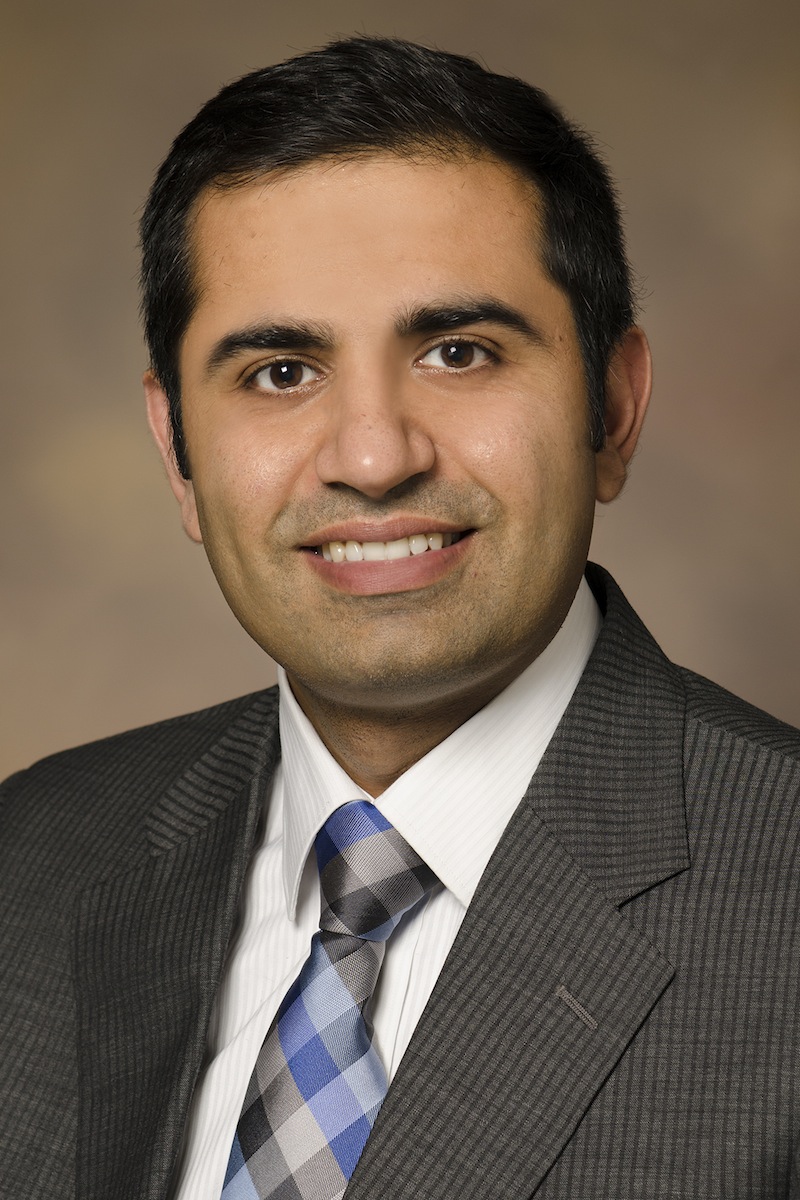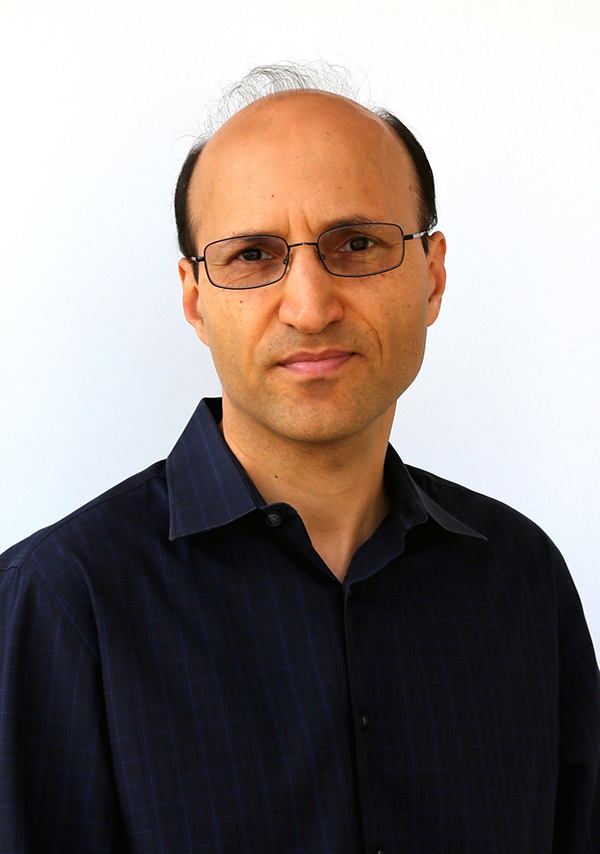News Story
5G security test bed for commercial 5G networks launched
A secure University of Maryland (UMD) laboratory facility is hosting a new 5G Security Test Bed (STB) dedicated to commercial 5G networks. The test bed was announced on Jan. 12 by CTIA (the Cellular Telecommunications and Internet Association), a trade association representing the U.S. wireless communications industry.
The test bed is a security testing and validation initiative created by CTIA in partnership with organizations across wireless, tech, and academia to test 5G security recommendations across real-world conditions using commercial-grade equipment and facilities. Its founding members—AT&T, Ericsson, T-Mobile, UScellular, MITRE, and UMD—contribute invaluable industry expertise that strengthens the STB’s ability to enhance the wireless security ecosystem and ensure strong protections on 5G networks.
5G is the most secure generation of wireless technology, with enhanced protections built into it from the ground-up. The STB was created to build on this foundation, testing use cases, making recommendations, and further bolstering 5G’s security to benefit consumers, enterprises, and government.
Governed by industry leaders, guided by government priorities, and managed by CTIA, the test bed is the latest in a series of steps the industry has taken to make 5G the most secure network ever. Its founding members developed the initiative through their participation in CTIA’s Cybersecurity Working Group, which convenes the world’s leading telecom and tech companies to assess and address the present and future of cybersecurity.
The STB primarily focuses on verifying the Federal Communications Commission’s (FCC) Communications Security Reliability and Interoperability Council (CSRIC) VII recommendations for 5G networks. The STB will also serve as a valuable industry resource for CSRIC VIII, focused on 5G security, which launched in June, and includes CTIA Senior Vice President and Chief Technology Officer Tom Sawanobori among its members.
“This initiative will complement and bolster the FCC’s 5G security efforts, validate its recommendations, and demonstrate 5G security features, with cross-industry groups working collaboratively to test use cases and products on an actual 5G network using real-world hardware and software,” said Sawanobori.
The test bed’s first configuration, built with Ericsson equipment, mirrors the initial setup for most 5G networks—a 5G radio access network is connected to a 4G core to create a 5G non-standalone (NSA) network. In 2022, the STB’s configuration will shift to a 5G standalone (SA) network using a 5G core, which will enable testing of 5G SA use cases.
The UMD location leverages personnel with extensive experience in wireless security.
"At the University of Maryland, we pride ourselves on training the next generation of engineering leaders and conducting research that advances network and device performance and security,” said ISR Visiting Research Engineer Wayne Phoel. “This industry collaboration greatly enhances our ability to meet those objectives.”
The wireless core network is hosted in Northern Virginia by MITRE, a not-for-profit research and development company.
"Securing 5G networks is whole-of-nation problem with significant implications for our economic and national security that requires collaboration across industry and government,” said Charles Clancy, MITRE’s senior vice president, general manager, and chief futurist. “Ensuring the next generation of wireless networks is secure and reflective of democratic values will provide an invaluable foundation for further innovation.”
The 5G Security Test Bed’s evaluations and recommendations cover issue areas that will help transform cities, government, and industries. Applications include autonomous vehicles, immersive augmented reality and virtual reality, automated factory operations, private 5G networks for enterprises, and much more.
“We are excited to have a network dedicated to testing security, which is paramount for the success of 5G,” said AT&T’s Chris Boyer, vice president, global security and technology policy. “This effort builds on the work underway in standards setting bodies, such as 3GPP, and will enable the industry to demonstrate 5G security in a real-word setting for consumers, enterprise businesses and government.”
Additional information about the 5G Security Test Bed and how to participate is available at www.5GSecurityTest bed.com.
Published January 14, 2022















